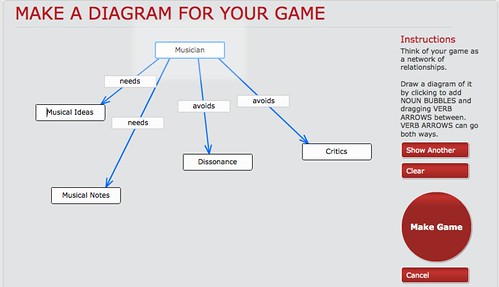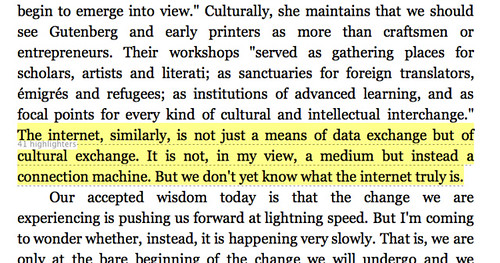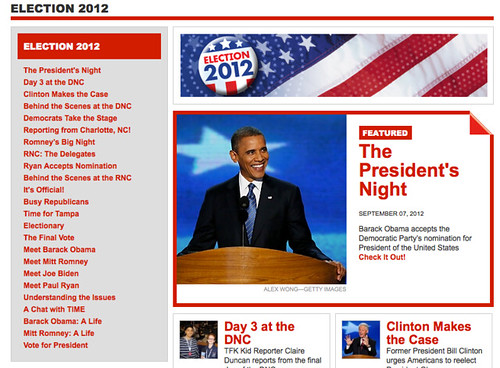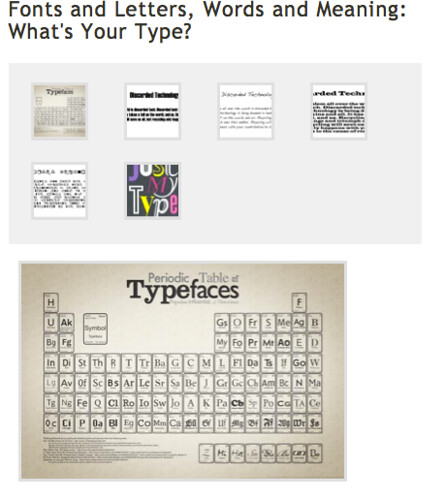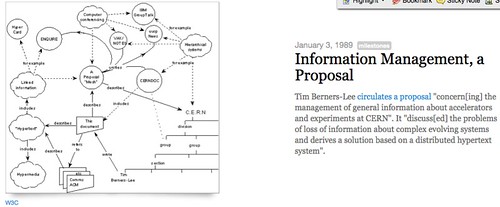
I found myself lost in this Web History timeline, which is put together smartly and which brings you right into the history of the Internet and the Web. There are many links you can follow, but what becomes clear is how recent the history of the web and hyperlinks and hypertext really is. It’s another reminder that we are living “in the moment” and yet, we still are trying to make sense of it all.
And can I just say that I found it incredibly fascinating to think that the first point plotted on the line is a short story (by Borges) called The Garden of Forking Paths, which prefigured hypertext choices of the reader and provided a conceptual framework later on for the integration of hyperlinks to connect information (or stories) together. I don’t know the story, but I am going to try to find it and read it.
Check out what Wikipedia has to say about the story:
“Beyond its façade as a spy narrative, “The Garden of Forking Paths” has similarities to today’s digital media and hypertext projects. Borges conceives of “a labyrinth that folds back upon itself in infinite regression”, asking the reader to “become aware of all the possible choices we might make.”[4] The elaborate hypertext is much like the book which Borges suggests to be the labyrinth, (“Every one imagined two works; to no one did it occur that the book and the maze were one and the same thing…the confusion of the novel suggested to me that it was the maze”[1]) in a sense of how the site offers different approaches to how you may interpret the information provided, yet you’re not trapped in the dilemma of choosing one and eliminating others; you may choose to unfold all possibilities. You “create, in this way, diverse futures, diverse times which themselves also proliferate and fork” (Wardrip-Fruin, 33). Although the story appeared before the advent of modern computers, Borges seems to have invented the hypertext narrative structure. Wardrip-Fruin and Montfort write: “Our use of computers is … based on the visions of those who like Borges—pronouncing [The Garden of Forking Paths] from the growing dark of his blindness—saw those courses that future artists, scientists and hackers might take.”[1]”
— from Wikipedia
Peace (along the line),
Kevin
PS — Reading the timeline inspired me to begin writing a new webcomic, called Walking the Web, about two kids who go back in time to see the development of the World Wide Web. It’s sort of like Bill and Ted’s Excellent Adventure but the boys meet up with folks like Steve Jobs, and Tim Berners-Lee, Steve Case, and others. I’ll start sharing that comic tomorrow.

